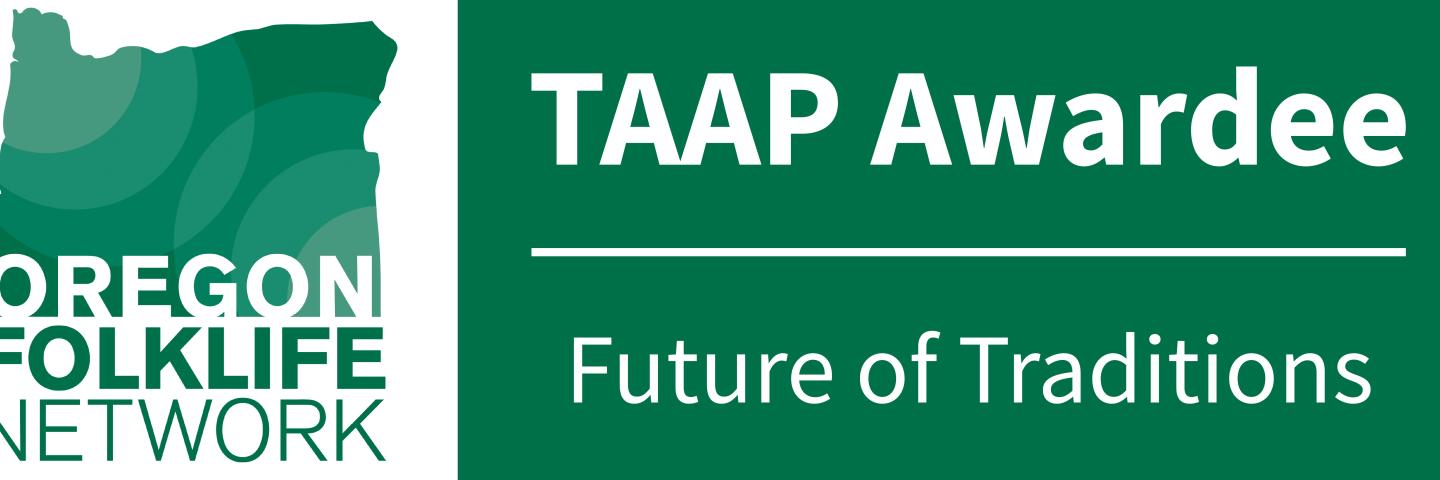Traditional Skill/Art Craft: Talabartería Years Awarded: 2019 Contact Information:
|
ARTIST BIOGRAPHY
Miquel Angel Ruiz Rangel grew up in the town of Cocula, Jalisco, Mexico, also known as the cradle of mariachi, surrounded by mariachi performers wearing the belts, boots, sombreros and accessories that originated in the talabartería tradition. As a child, he learned the tradition of Mexican horsemanship, cattle work, and leatherwork from the hacendado (landowner) whose family raised him. Over time, he developed a passion and became proficient in talabartería.
APPRENTICE BIOGRAPHY - Jose Antonio Huerta 2019
Jose grew up in a rural village in the state of Jalisco, Mexico and lived there until age 15. He grew up hearing about Talabarteria from his parents and grandparents and was exposed to leatherwork as part of everyday life and work on his family's farm. At the age of 20, Jose moved to the United States and lived in San Diego for 17 years, taking formal Charreria lessons and participating in Charreria competitively. As a result, Jose started to realize how interconnected Charreria is with Talabarteria in that most equipment used in Charreria events is made by Talabarteros such as saddles, belts, boots, spur straps, bridle straps, and leather ornaments for sombreros. Jose is eager to learn more about Talabarteria to understand better how to do what needs to be done as part of what he does as a Charro as it relates to leatherwork.
Describe your traditional art.
Body
Talabartería, a traditional art, is a way of life that symbolizes our contact with the land through the leather accessories that have evolved over centuries of work. Charros (horsemen) and farmers need these accessories for their performances and everyday responsibilities. In talabartería, we make saddles with intricate details and designs; leather ornaments for sombreros; and other accessories including belts, ropes, boots, shoes, sandals, chaps, and straps. Many communities in Mexico, from cities to small towns, practice talabartería. In most cases, it is passed on from generation to generation; most practitioners learned it from family members or from masters as part of a full-time job.
How did you come to learn this tradition?
Body
Talabartería is part of my cultural heritage. I grew up in the town of Cocula, Jalisco, Mexico, also known as the cradle of mariachi. I remember walking to the center square on weekends and holidays to the melodic sounds of mariachi bands. Mariachi performers and charros alike wear belts, boots, sombreros and accessories that originated in the talabartería tradition.
I was fortunate to work for an hacendado (landowner) from whom I learned the basics of this tradition. Without knowing or thinking about it, I became enamored with Mexican horsemanship, cattle work, and leatherwork from a very early age. I must have been about 10 years old when the hacendado’s family took me in as one of their own children and allowed me to live at their house as long as I would help with the responsibilities of caring for the horses, cattle and livestock. Talabartería was one of those responsibilities.
I loved this lifestyle and, over time, I became competent at it. I would help by riding horses, I would help by moving cattle around the fields, and when saddles or other leather accessories needed repair, I would help fix them. Little by little, I got more comfortable using the different tools and equipment, until I could make my own accessories; mostly belts with simple designs.
Why is this cultural tradition important to your community?
Body
Talabartería is important to me and my community because it is part of our cultural heritage. Leather accessories such as chaps, boots, sombreros and belts are iconic of Mexican identity. The tradition of talabartería is part of my lifestyle and upbringing and, since moving to the United States, I do the best I can to continue practicing it. It is especially meaningful to me because I want to encourage my son to learn about it and keep the tradition alive for generations to come.
Experience/Honors
Body
Miguel has not received any awards or honors for practicing talabartería. However, many of the people for whom he has done work often come back to request additional accessories. This is a form of unofficial recognition from the charro community, and Miguel is appreciative of all their recommendations.
Visit OFN's Culture Keepers Roster to learn more about the artist.
Traditional Arts Apprenticeship Program
More OFN programs
OFN main page
